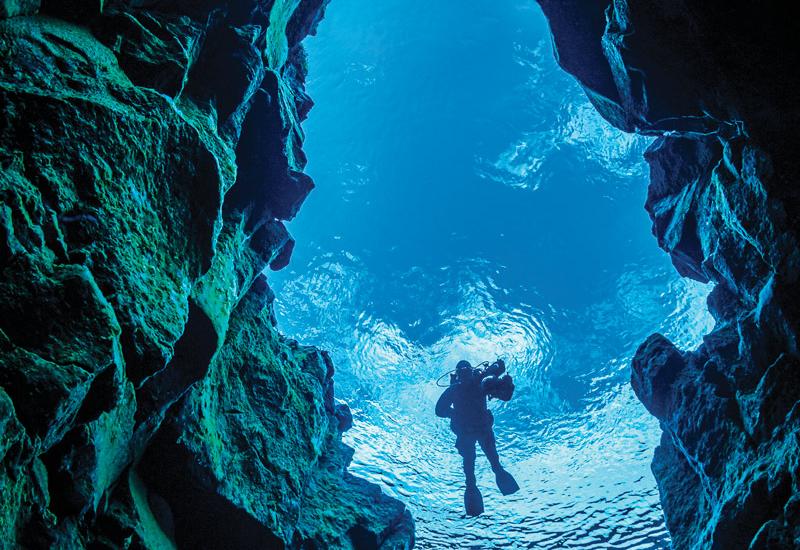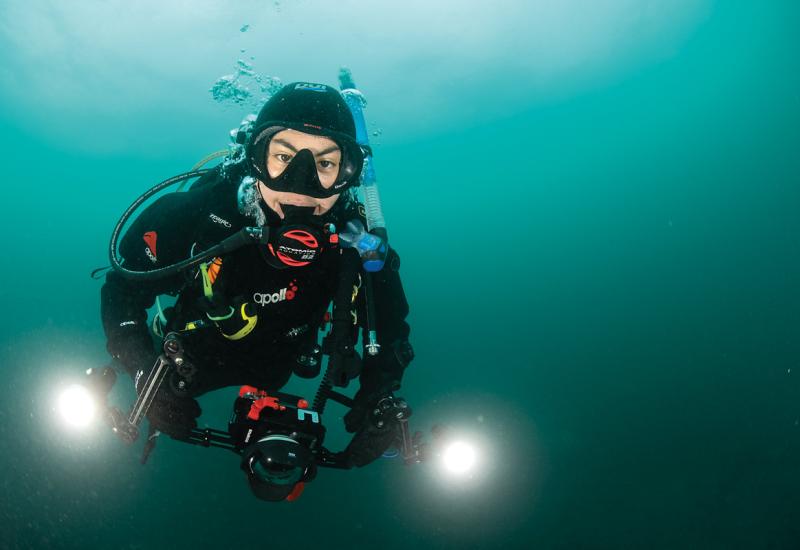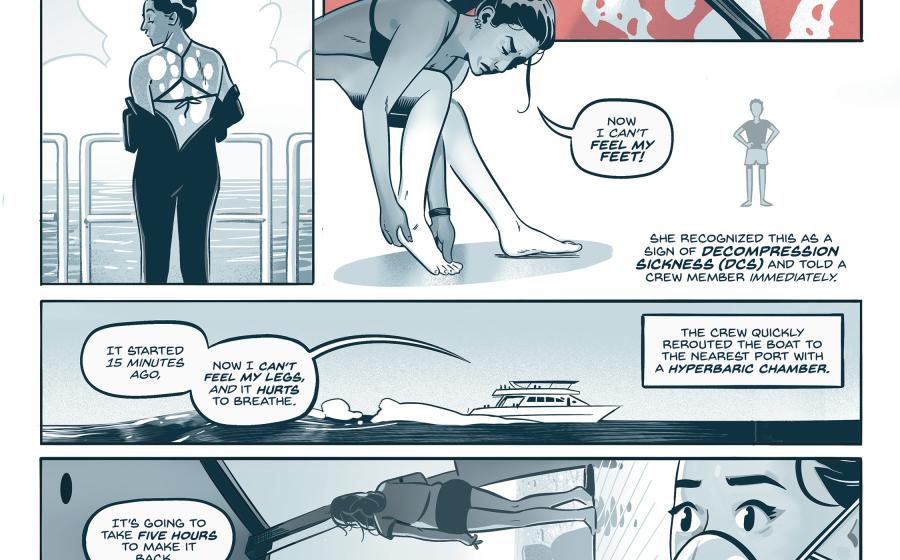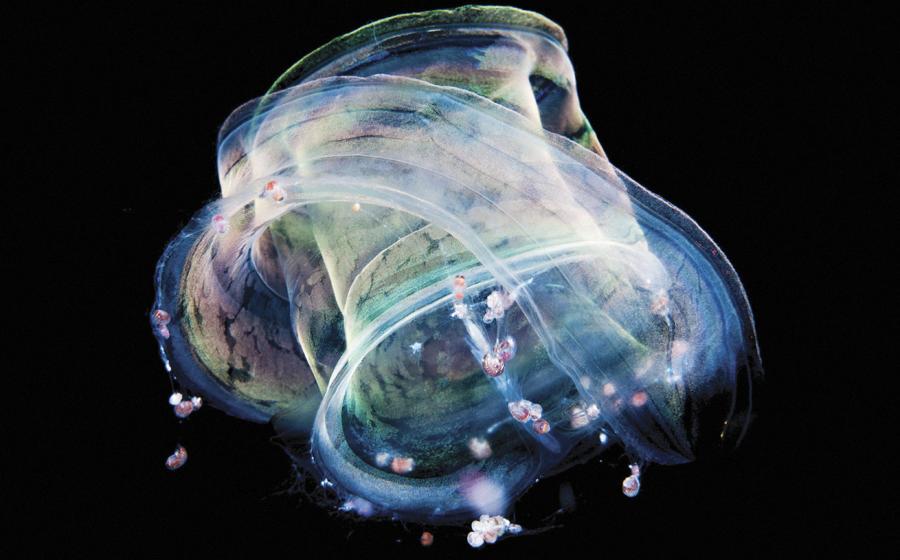2011 ScubaLab Drysuits: Tester's Choice and Best Buy
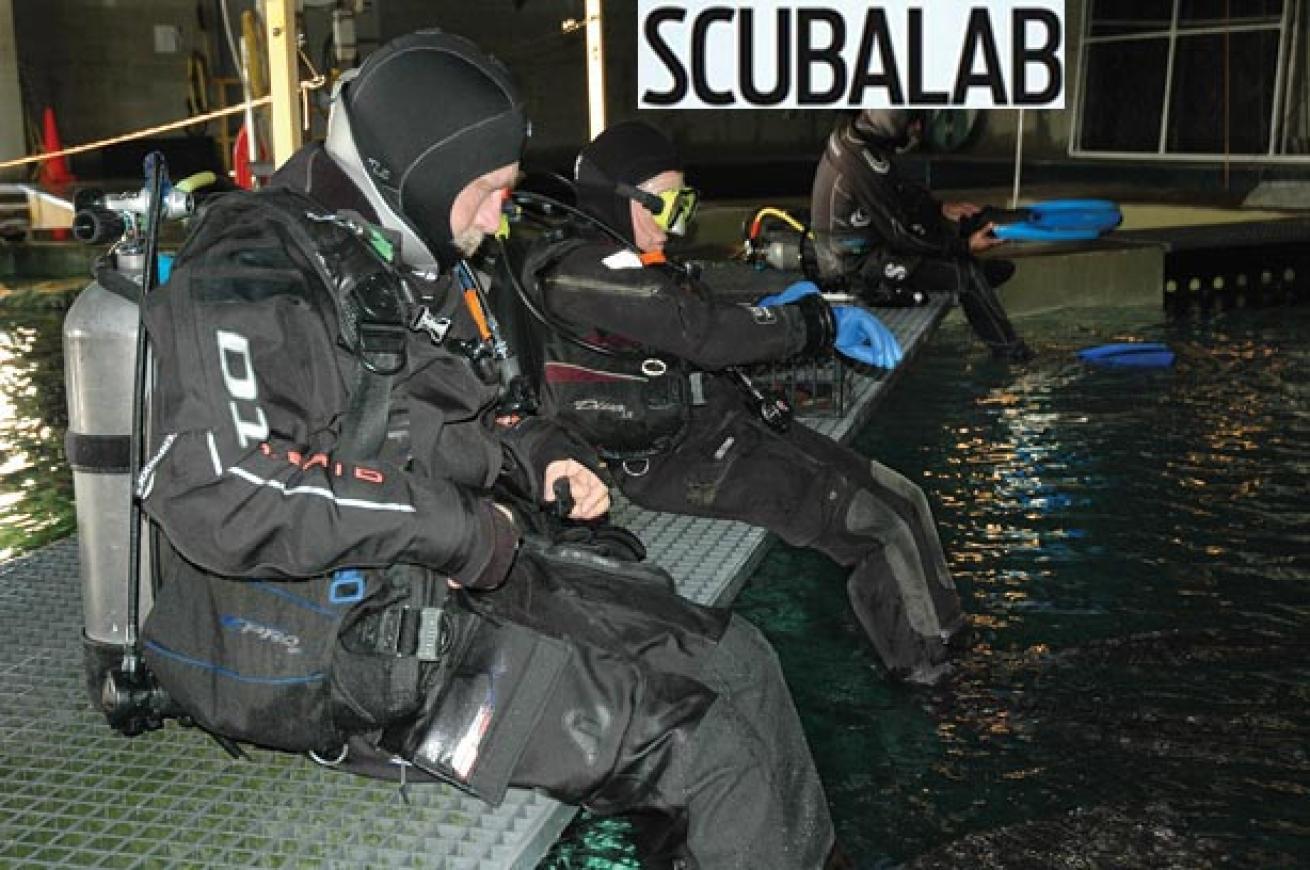
Cindy HansonDrysuits TC-BB 2011
Keep Warm, Dive Dry
For the first series of drysuit tests in several years, ScubaLab ventured to the 54-degree water of the Oregon Coast Aquarium in Newport, Oregon, to use the controlled environment of the OCA’s 30-foot-deep tanks. As in previous tests, we based our evaluations on the most important suit functions:
» Fit and comfort – tested both on the surface and at depth, fit is the crucial consideration when purchasing a drysuit. ScubaLab used manufacturers’ sizing charts to mach the test suits to our test divers. Scores in this category reflect how the suits fit overall and in specific areas, including the neck, wrists, ankles and torso.
» Valve use – general ease of operating, accessing and adjusting the inlet and outlet valves. Drysuit manufacturers most commonly place the valve on the upper left arm, although several of the suits we tested had additional valves mounted near the wrists and the ankles.
» Quick disconnect – of the low-pressure inflator hose. With the exception of Apollo, which features proprietary valves, all suits tested use either Swedish-made Si-Tech valves or British-made Apeks valves. Both types swivel 360 degrees. Apeks’ low-profile valves utilize a center-mounted inflation button, while the Si-Tech valves feature either a center-mount or a side-activated inflation trigger.
» Range of motion – both on the surface and submerged.
» Ease of donning and doffing – optimal drysuit diving is all about fit, and there’s no better test (nor more important piece of information) than how easily it goes on and off.
There were several other testing categories, including air shifting, boot-top interference, drag, grip of boots (if provided), whether the suit requires larger fin pockets, tester’s view of durability and whether the suit kept the user dry. Where appropriate, comments on these findings are mentioned in the individual write-ups. In addition, valve flow rates were tested, but not included in scoring (see "Understanding Drysuit Valve Flow Rates" for an explanation). Complete scoring results and feature explanations for each of the suits can be found at ScubaLab's 2011 Drysuit Tests.

PERFORMANCE SUMMARY
We have included a graph, like the one seen above, with each drysuit featured in the articles below. The graph will give you an overview of each suit’s best (and least positive) characteristics, so you can compare them at a glance. For example, if the drysuit is easy to take on and off, the line will be pulled toward the edge of the graph indicating that it scored Excellent (or Good) in the Ease of Donning/Ease of Doffing. If it scored lower, the line will be toward the middle.
To read ScubaLab's reviews of the Tester's Choice and Best Buy picks for 2011 drysuits, click on the "Related Articles" links below.


